Advertisement
As Thousands Flee, Hurricane Harvey Strengthens To Category 3
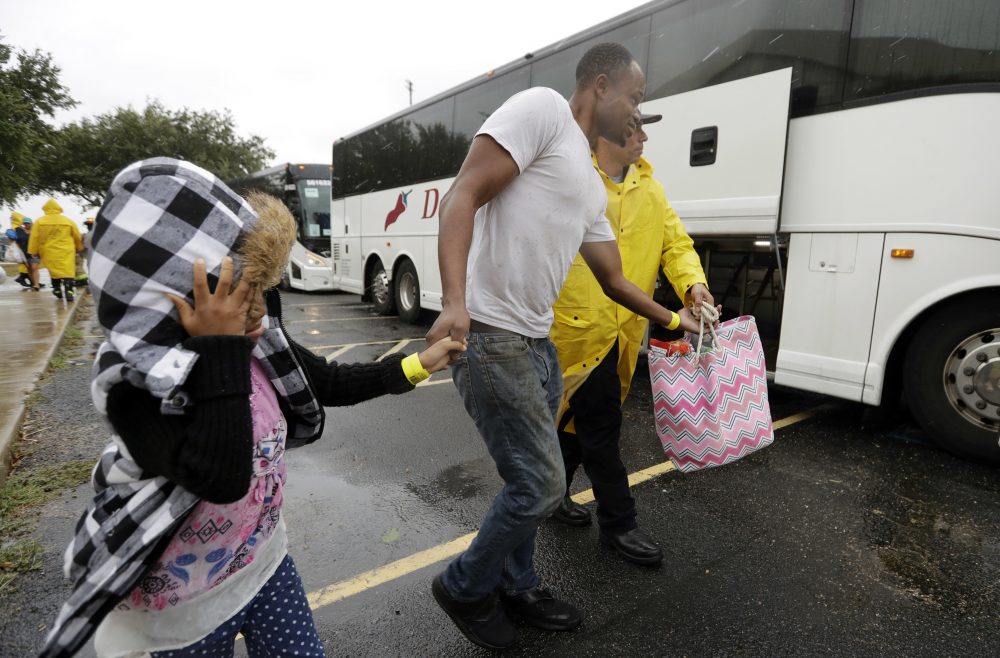
With time running out, tens of thousands of people fled from the path of Hurricane Harvey Friday as it picked up strength and took aim at a wide swath of the Texas Gulf Coast that includes oil refineries, chemical plants and dangerously flood-prone Houston, the nation's fourth-largest city.
Texas Gov. Greg Abbott warned that the monster system would be "a very major disaster," and the menacing forecasts drew fearful comparisons to Hurricane Katrina, one of the nation's deadliest.
"We know that we've got millions of people who are going to feel the impact of this storm," said Dennis Feltgen, a spokesman and meteorologist for the National Hurricane Center. "We really pray that people are listening to their emergency managers and get out of harm's way."
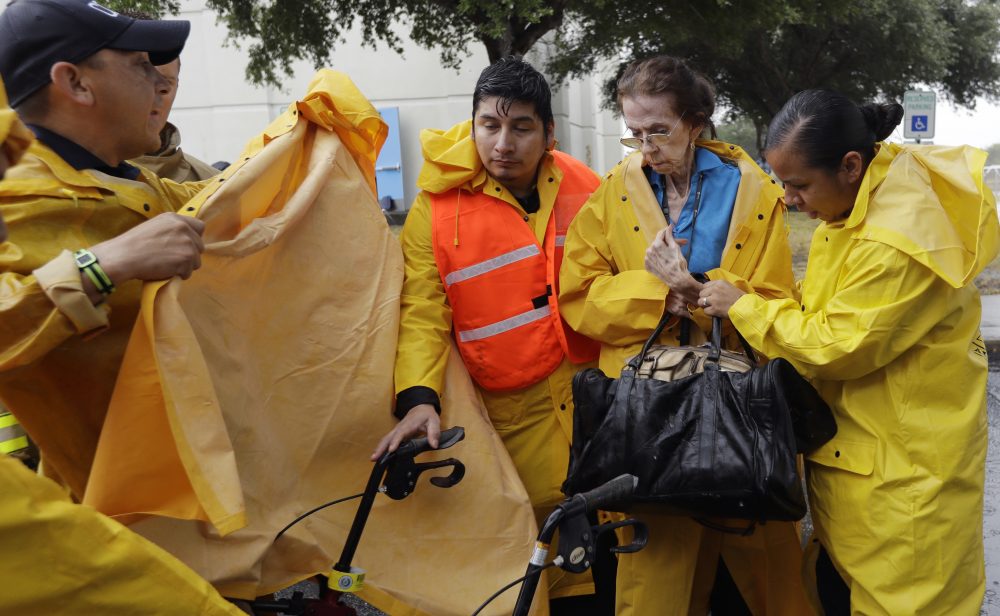
Aside from savage winds and storm surges, the system was expected to drop prodigious amounts of rain. The resulting flooding, one expert said, could be "the depths of which we've never seen."
Galveston-based storm surge expert Hal Needham of the private firm Marine Weather and Climate said forecasts indicated that it was "becoming more and more likely that something really bad is going to happen."
At least one researcher predicted heavy damage that would linger for months or longer.
"In terms of economic impact, Harvey will probably be on par with Hurricane Katrina," said University of Miami senior hurricane researcher Brian McNoldy. "The Houston area and Corpus Christi are going to be a mess for a long time."
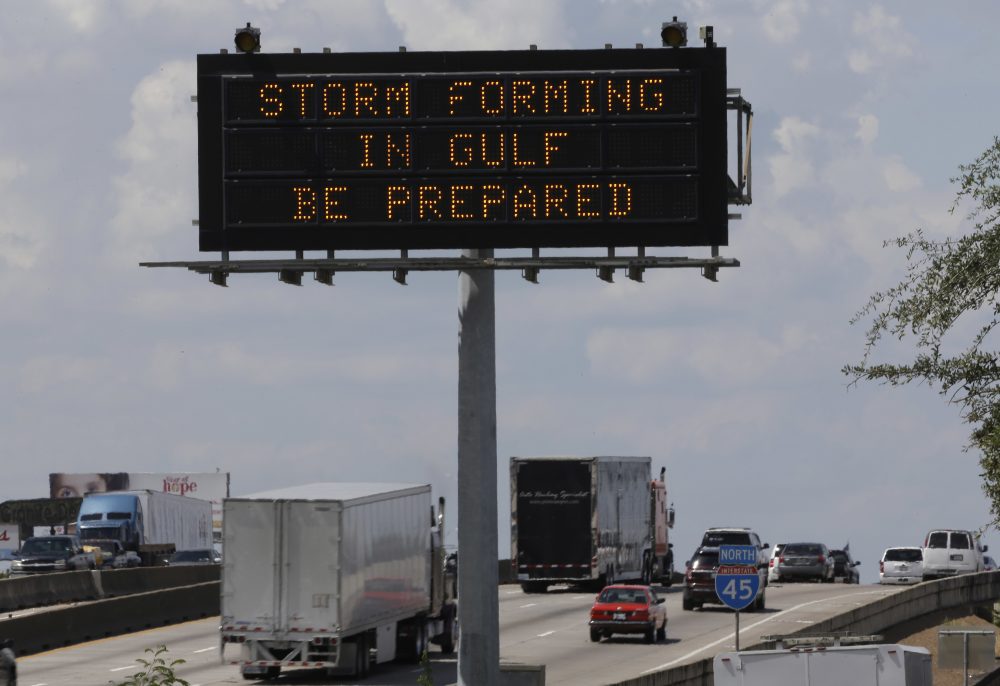 Motorists in Houston pass a sign warning of Hurricane Harvey as the storm intensifies in the Gulf of Mexico Thursday. (David J. Phillip/AP)
Motorists in Houston pass a sign warning of Hurricane Harvey as the storm intensifies in the Gulf of Mexico Thursday. (David J. Phillip/AP)Scientists warned that Harvey could become powerful enough to swamp counties more than 100 miles inland and stir up dangerous surf as far away as Alabama and the Florida Panhandle, more than 500 miles from the projected landfall.
It may also spawn tornadoes. Even after weakening, the system could spin out into the Gulf and regain strength before hitting Houston a second time Wednesday as a tropical storm.
Rain bands from the storm began pelting the coast early Friday. By afternoon, the storm was about 115 miles southeast of Corpus Christi, moving 10 mph to the northwest.
All seven Texas counties on the coast from Corpus Christi to the western end of Galveston Island ordered mandatory evacuations from low-lying areas. Four counties ordered full evacuations and warned there was no guarantee of rescue for people staying behind.
Voluntary evacuations have been urged for Corpus Christi and for the Bolivar Peninsula, a sand spit near Galveston where many homes were washed away by the storm surge of Hurricane Ike in 2008.
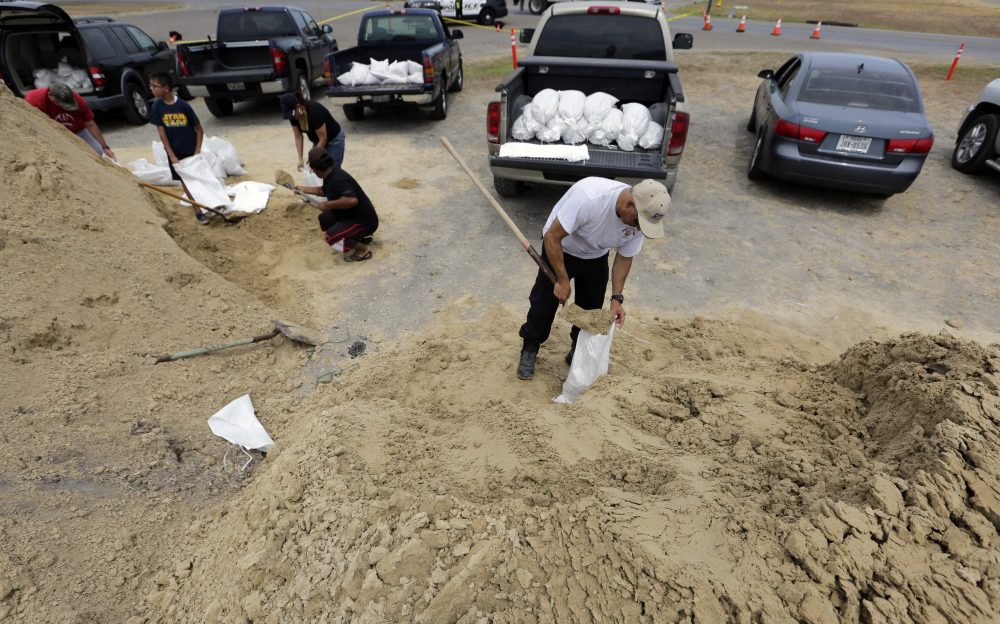
Texas Gov. Greg Abbott has expressed concern that not as many people are evacuating compared with previous storms. He said Friday that there was still time for coastal residents to get out of Harvey's path, but they must leave immediately.
Fueled by warm Gulf of Mexico waters, Harvey became a Category 3 storm Friday afternoon, with maximum sustained winds of 120 mph, the hurricane center said.
It was expected to continue gathering strength before coming ashore late Friday or early Saturday, possibly as the fiercest hurricane to hit the U.S. in nearly a dozen years. The National Hurricane Center said Harvey had the potential for winds up to 125 mph and storm surges of 12 feet.
Landfall was predicted near Rockport, a fishing-and-tourist town about 30 miles northeast of Corpus Christi.
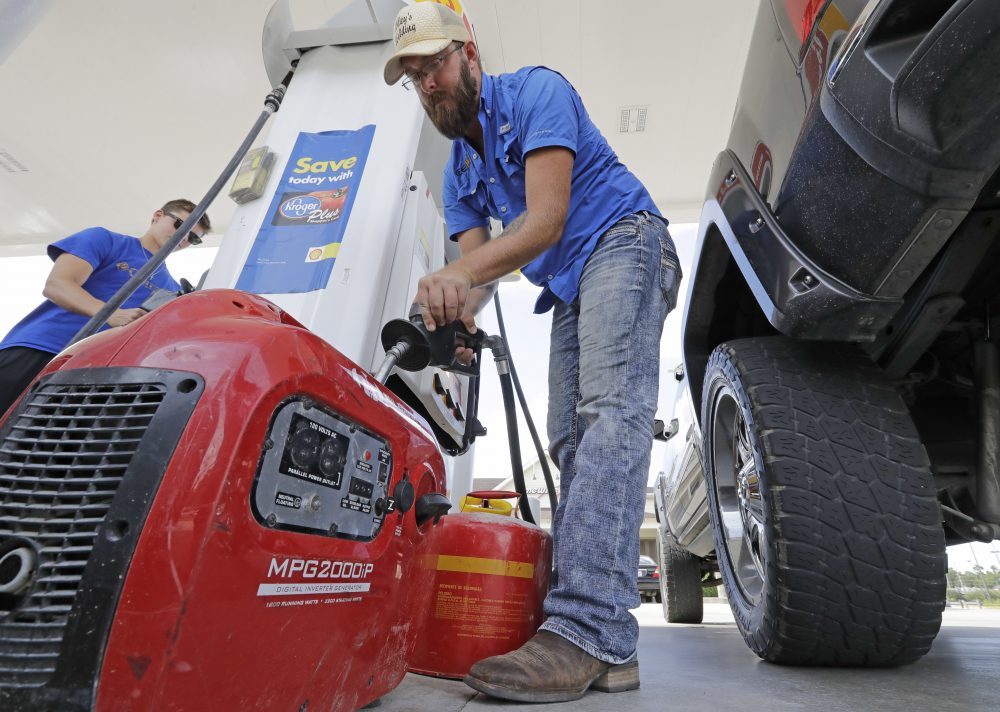
The heavy rain could turn many communities into "essentially islands" and leave them isolated for days, said Melissa Munguia, deputy emergency management coordinator for Nueces County.
Harvey was projected to drop up to 3 feet of rain over several days. The rain and the storm surge could collide like a car and a train, particularly in the Galveston and Houston areas, Needham said.
"Essentially there's absolutely nowhere for the water to go," he said. Galveston Bay, where normal rain runs off to, will already be elevated.
The heavy rain was expected to extend into Louisiana, driven by counter-clockwise winds that could carry water from the Gulf of Mexico far inland. Forecasts called for as much as 15 inches in southwest Louisiana over the next week and up to 6 inches in the New Orleans area.
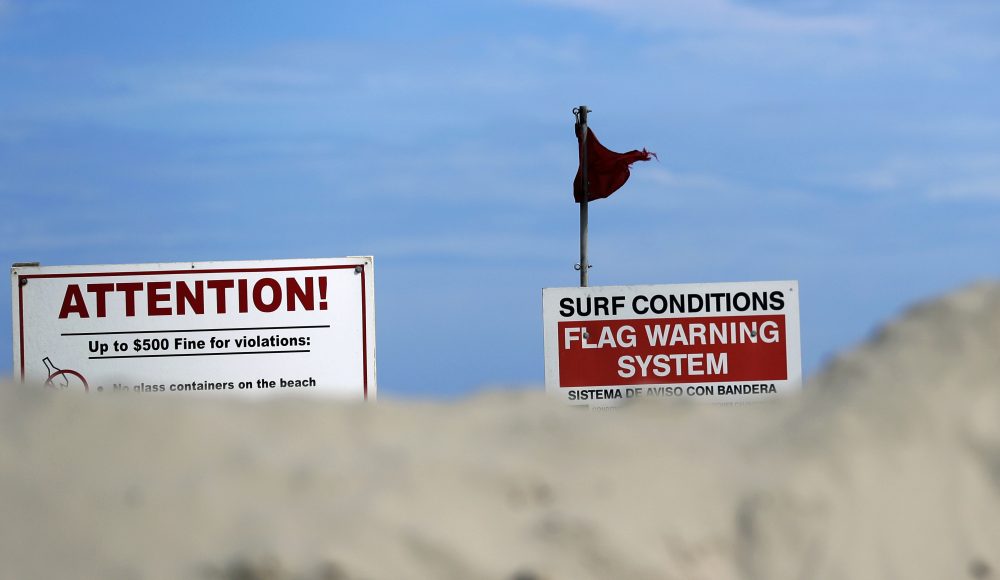
Harvey grew quickly Thursday from a tropical depression into a Category 1 hurricane, and then Category 2 hurricane early Friday. The last storm to reach Category 3 hit the U.S. was Hurricane Wilma in October 2005 in Florida.
Superstorm Sandy, which pummeled New York and New Jersey in 2012, never had the high winds and had lost tropical status by the time it struck. But it was devastating without formally being called a major hurricane.
The Texas governor activated about 700 members of the state National Guard ahead of Harvey making landfall.
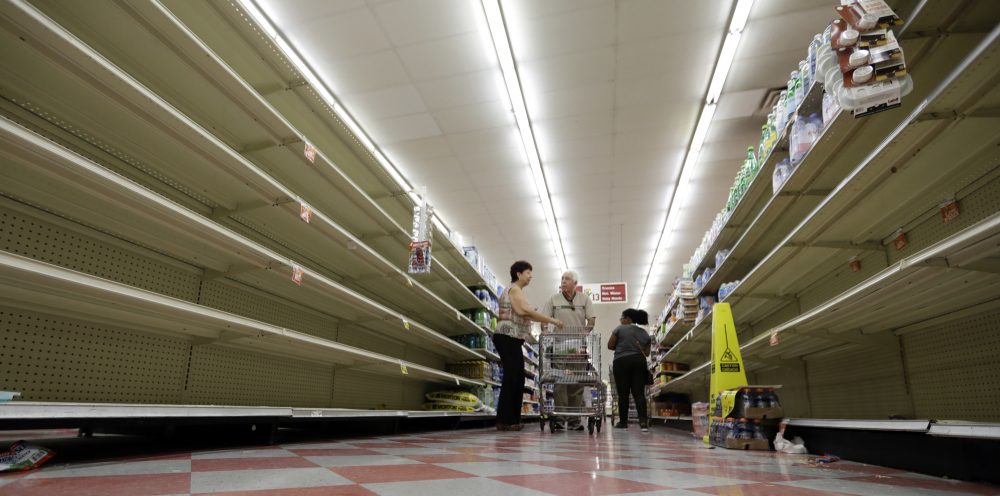
Harvey would be the first significant hurricane to hit Texas since Ike in September 2008 brought winds of 110 mph to the Galveston and Houston areas, inflicting $22 billion in damage. It would be the first big storm along the middle Texas coast since Hurricane Claudette in 2003 caused $180 million in damage.
It's taking aim at the same vicinity as Hurricane Carla, the largest Texas hurricane on record. Carla came ashore in 1961 with wind gusts estimated at 175 mph and inflicted more than $300 million in damage. The storm killed 34 people and forced about 250,000 people to evacuate.
Associated Press writers Frank Bajak in Houston; Seth Borenstein and Catherine Lucey in Washington; Diana Heidgerd, Jamie Stengle and David Warren in Dallas; and videographer John Mone in Sugar Land, Texas, contributed to this report.
This article was originally published on August 25, 2017.